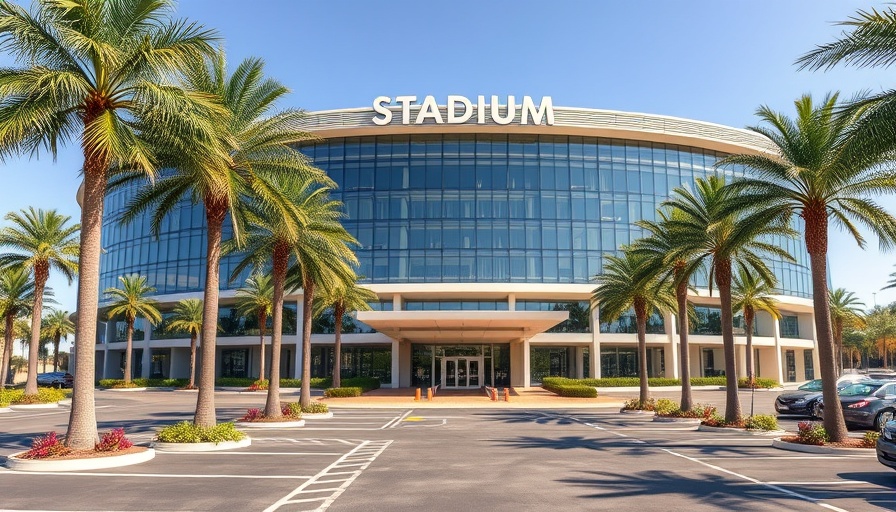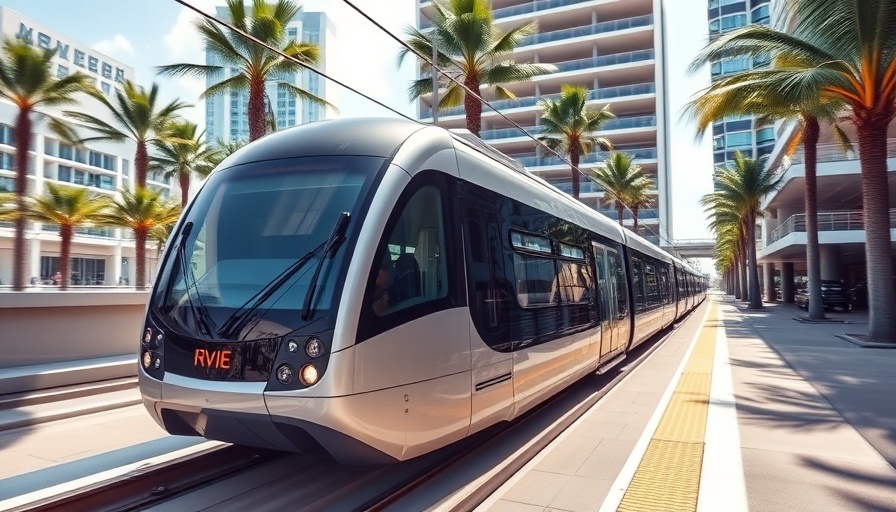
Miami-Dade’s Significant Investment in FIFA World Cup 2026
In a strategic move to elevate its status as a premier sports destination, Miami-Dade County has increased its financial commitment to the 2026 FIFA World Cup by boosting its payout to $21 million. This decision reflects Miami's ambition to harness the global spotlight that comes with hosting such a monumental event. The increase in funding is not merely a financial obligation; it represents an opportunity for economic growth, international tourism, and global recognition.
The Economic Implications of Hosting the World Cup
Having hosted numerous high-profile events, Miami understands the potential economic boon that accompanies the World Cup. Cities that have hosted this global tournament have seen significant increases in tourism and related revenues. For Miami, the $21 million investment is expected to yield substantial returns in terms of increased hotel bookings, restaurant traffic, and retail sales. Estimates suggest that the economic impact could be in the hundreds of millions, as fans from around the world flock to enjoy not just the matches but the vibrant culture and hospitality Miami has to offer.
Community Engagement: A Local Focus
Miami-Dade's plan also emphasizes community engagement, with initiatives designed to involve local residents in the festivities. The county aims to create inclusive programs that highlight local talent, arts, and culture during the World Cup events. By incorporating community elements into the World Cup experience, Miami seeks to foster a sense of pride and ownership among its residents, ensuring that the event also benefits locals, not just tourists.
How This Decision Positions Miami for the Future
This increased financial commitment places Miami on the map for future international events. By showcasing its capability to host a tournament of this magnitude, Miami sets itself up as a strong contender for future sporting events, including the Olympics and other world championships. As cities compete to attract such opportunities, Miami’s investment in the World Cup solidifies its reputation as a top-tier destination.
Potential Challenges Ahead
While the benefits of hosting the World Cup are enticing, Miami faces significant challenges. Historically, major events can lead to public scrutiny related to spending, infrastructure needs, and security measures. It’s essential for Miami-Dade to strike a balance between investment and community benefit, ensuring that the enhancements to infrastructure and services are sustainable long after the event is over.
The Road Ahead: A Collaborative Effort
Moving toward the World Cup, collaboration among county officials, local businesses, and residents will be crucial. Building upon the extensive support network established for previous events, Miami-Dade is working with various stakeholders to ensure a seamless integration of the event into the community’s fabric. This cooperation aims to showcase not only Miami’s readiness for the World Cup but also its vibrant culture, diverse communities, and welcoming hospitality.
Embracing the Global Stage
As we look ahead, Miami-Dade’s decision to invest heavily in the World Cup will undoubtedly shape the future of the city. By embracing the global stage that comes with such a prestigious event, Miami positions itself uniquely as a destination that prioritizes both tourism and community involvement. With the world watching, Miami-Dade has the chance to leave a lasting legacy well beyond the final whistle of the tournament.
 Add Row
Add Row  Add
Add 




Write A Comment